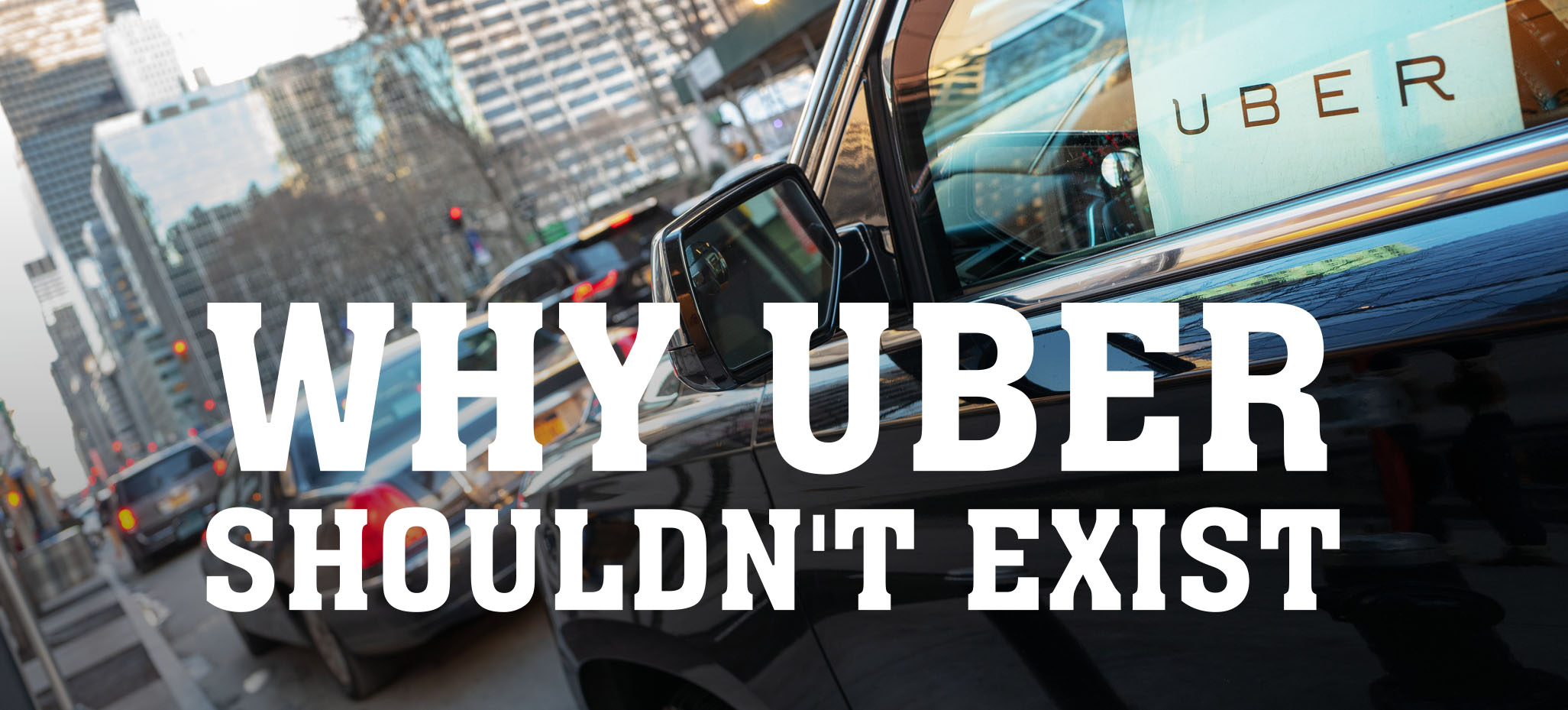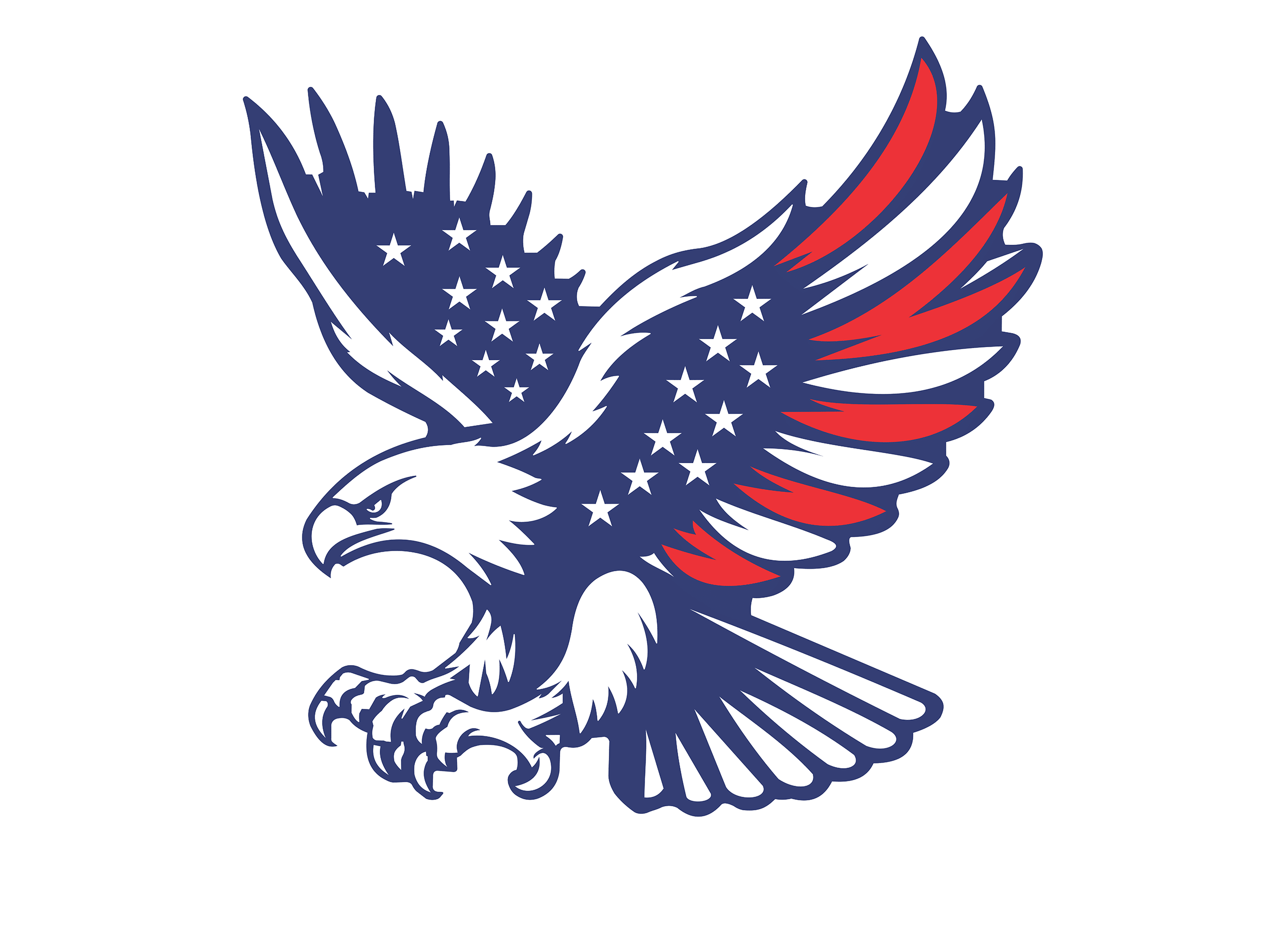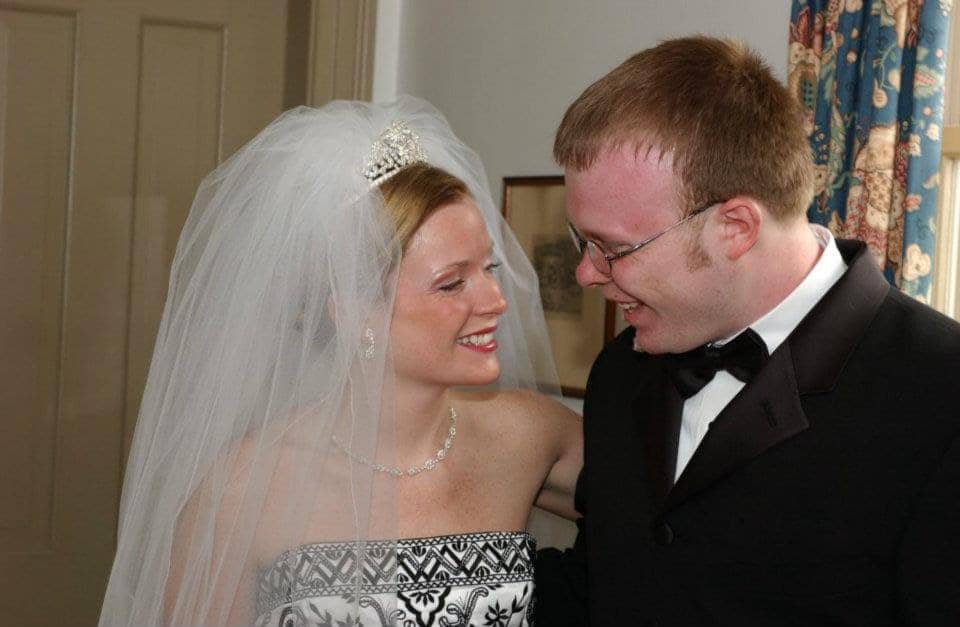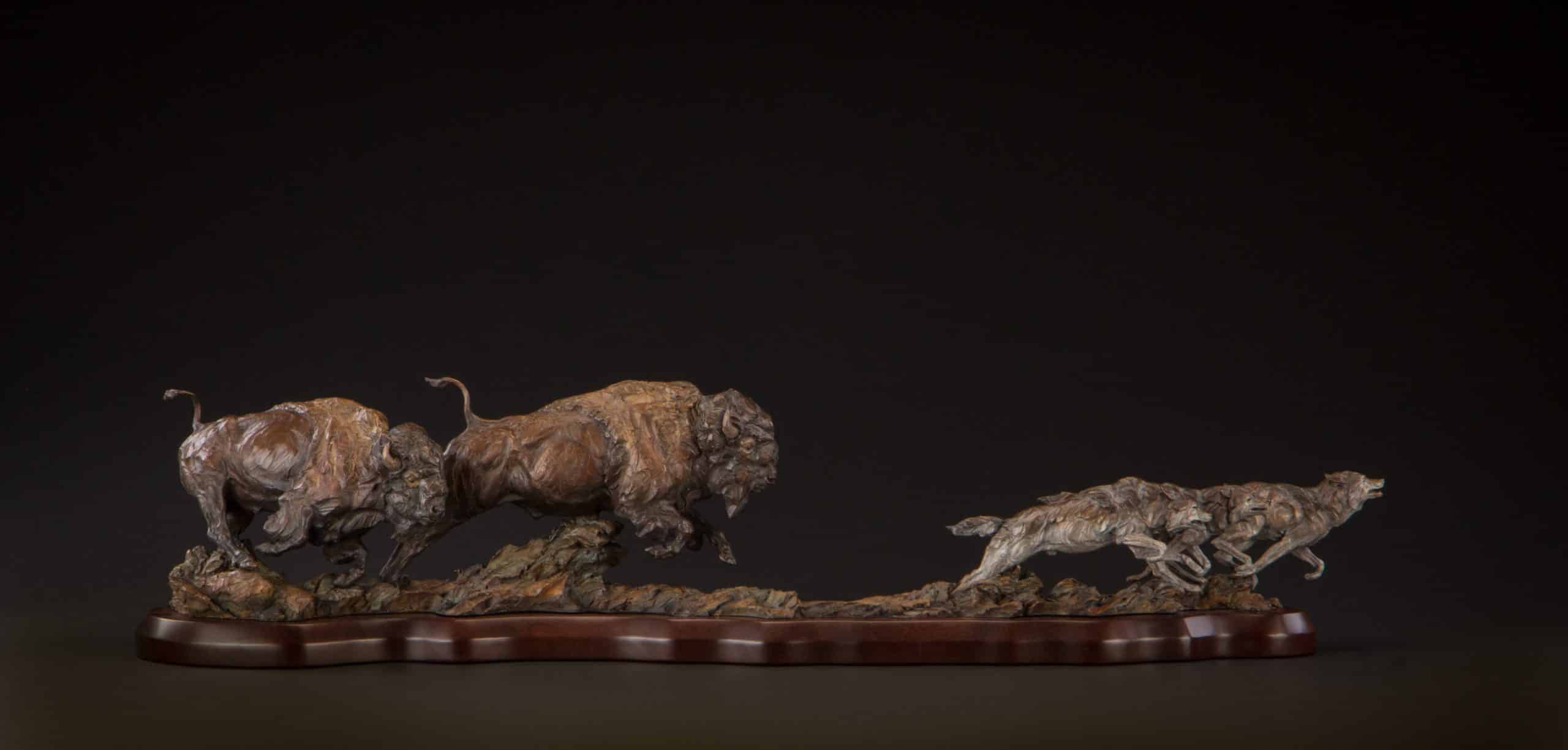This is an article about a visionary business model that skirted the law, required a new technology, changed the way people travel, and challenged a powerful, state regulated, deeply entrenched industry.
The BFC Test
Uber does what very few businesses achieve, passing the BFC test. BFC stands for “Better, Faster, Cheaper”, the ability to offer customers a service (or product) that is better, faster, and cheaper.
For example, Nordstrom sells high quality men’s suits with one day alterations, but at a premium price. Want to save money on a suit? Order it from Hong Kong but be prepared to wait weeks, not one day.
Businesses like Uber and Amazon that succeed at BFC are extremely rare, and with good management and sufficient start-up capital, often dominate their industries.
The Epiphany
It began in Paris in 2008. Two friends (Travis Kalanick & Garret Camp) were attending a tech conference described by Economist Magazine as “where revolutionaries gather to plot the future.”
Rumor has it they became frustrated one evening when they couldn’t get a cab. “How ridiculous,” they thought, that no technology existed to hail a ride with someone going their way, allowing that person to earn a few extra bucks for the service.
UberCab.com
The two entrepreneurs went their separate ways after the conference, but Camp continued to obsess on the concept they had conceived that night in Paris. He even bought the domain name UberCab.com.
In 2009, Camp began working on a prototype for UberCab. By the summer of that year, Kalanick had joined him as UberCab’s “Chief Incubator.”
They tested the service in New York in early 2010, using only 3 cars. The test worked well, so they officially launched the company in May of 2010 in San Francisco.
The Technology Hurdle
Nothing like Uber’s app had ever existed. It facilitated communication between drivers and customers. It had to know where drivers were located, where potential customers were waiting, and then connect them by proximity.
Uber’s app also had to instantly compute the price of a ride. Then it had to take payment for the ride, and tell the customer how many minutes the ride should take. It also had to indicate how long they would have to wait for an Uber.
While GPS (Global Positioning System) via satellites existed, it had never been utilized at this level of complexity. Yet in only a year, Camp and Kalanick had it working reasonably well.
Why Uber Shouldn’t Exist
I can see how two brilliant techies could envision and develop the high-tech Uber app. But as an attorney, I am beyond impressed with how Uber sidesteps what everyone thought was the law, that you needed a commercial driver’s license (CDL) to drive people around for money.
It’s true in aviation. I’ve been a pilot for 35 years, and know that I am not allowed to charge people who fly with me, other than ask for gas reimbursement. This rule is strictly enforced.
So how does Uber do it? While it does offer some commercially licensed services like black car, the average UberX driver, using their personal car, does not need a CDL.
Not A Transportation Company
The reason Uber continues to stay in business (fighting for its legal life along the way) is it takes the position that it is a technology company, not a transportation company. Uber points out that it does not own, operate, or maintain its vehicles.
Because it is not a transportation company, Uber argues that it is not bound by the rules and regulations of that industry, including requiring drivers to be commercially licensed. Uber even removed “Cab” from its original name, UberCab, so it didn’t sound like a transportation company.
So far, most courts have upheld Uber’s argument. But special interest groups (primarily funded by the taxi industry) are spending a fortune lobbying politicians to regulate Uber.
Regulating “Cheaper” Out Of BFC
There is a place for governmental regulation, but there is a cost too. Those who are required to abide by a labyrinth of complex rules are usually forced to pass it along to you and me. When that happens, the “Cheaper” in Better, Faster, Cheaper can quickly evaporate, harming everyone. We pay more and the business attracts fewer customers.
Gaps In The Herd
When brainstorming a new business, my dad, Chubby, told me to look for gaps in the herd. He said to envision myself standing on a hill, watching a herd of buffalo run by below. Where are the gaps, the places a buffalo could avoid the dust and sprint ahead?
Innovators learn that leveraging gaps in the herd can be challenging. Competitors try to stop you. Regulators try to control you. Unfortunately for all of us, that is what’s happening with Uber.
“Innovation is seeing what everybody has seen and thinking what nobody has thought.”
–Dr. Albert Szent – Gyorgyi












